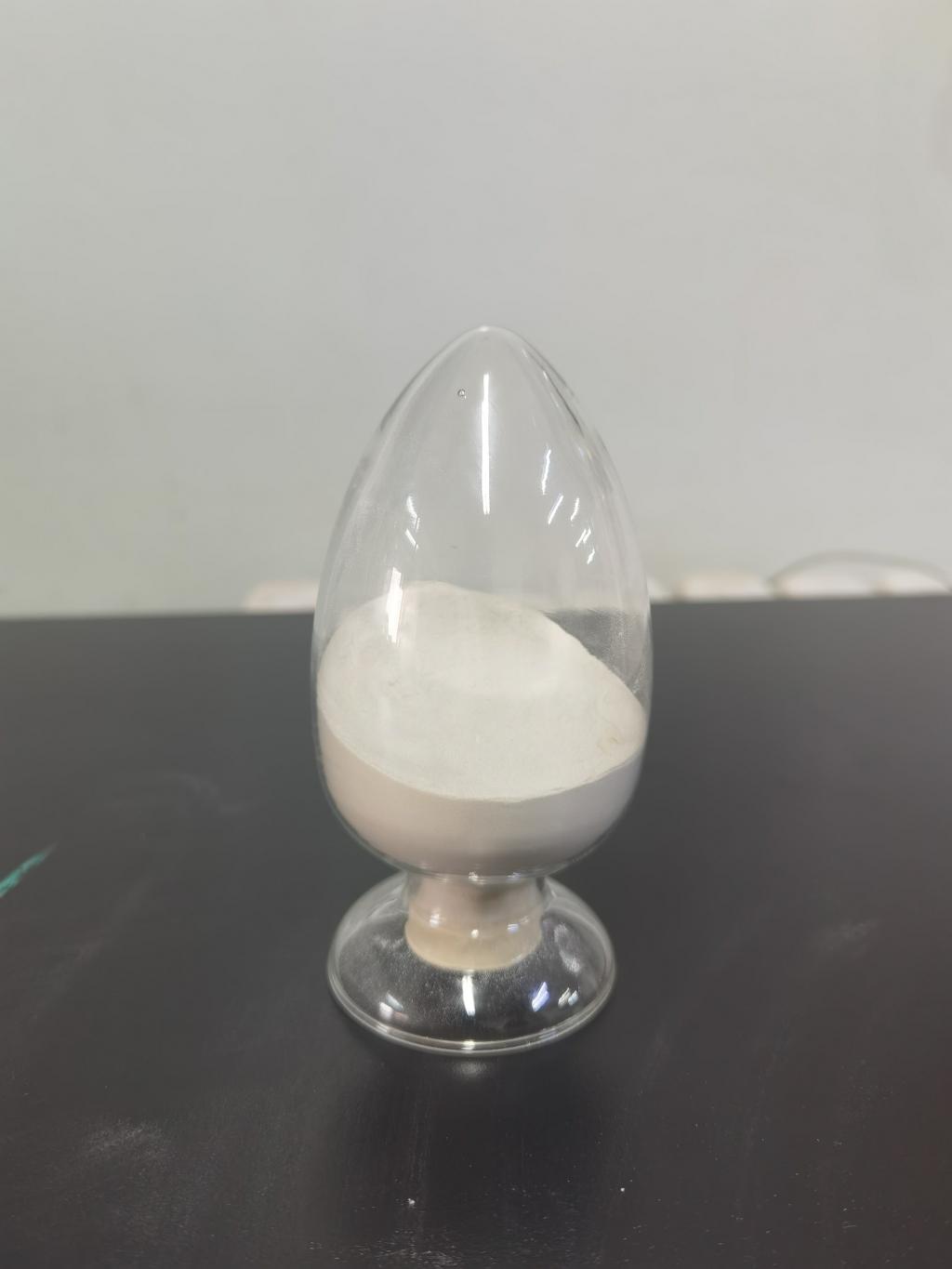Tel:+8618231198596

News
 CONTACT
CONTACT
 CONTACT
CONTACT
- Linkman:Linda Yao
- Tel: +8618231198596
- Email:linda.yao@dcpharma.cn
- Linkman:CHARLES.WANG
- Department:Overseas
- Tel: 0086 0311-85537378 0086 0311-85539701
News
Current Position:
Home >
News
>What is the recommended dosage or concentration of Nisin in different food products?
What is the recommended dosage or concentration of Nisin in different food products?
TIME:2023-07-25
Introduction:
Nisin is a polycyclic antibacterial peptide produced by certain strains of lactic acid bacteria, particularly Lactococcus lactis. Its discovery dates back to the early 20th century when it was first identified as an effective agent against Gram-positive bacteria. Since then, extensive research has been conducted to harness the potential of Nisin as a food preservative.
Safety and Regulatory Considerations:
Before delving into the dosage and application of Nisin in food products, it is essential to consider safety and regulatory aspects. Nisin is generally recognized as safe (GRAS) by regulatory bodies like the Food and Drug Administration (FDA) in the United States and the European Food Safety Authority (EFSA). However, specific regulations might differ between countries and regions, and manufacturers should ensure compliance with local regulations.
Dosage of Nisin in Different Food Products:
The recommended dosage of Nisin in food products can vary based on several factors, including the food matrix, pH, storage conditions, target pathogens, and desired shelf life extension. Below are some examples of Nisin dosage in different food applications:
3.1 Dairy Products:
In dairy products, Nisin is often added to control the growth of spoilage and pathogenic bacteria. For cheese production, a typical dosage ranges from 500 to 1000 IU/g. In yogurt and fermented dairy products, Nisin concentrations can vary between 50 to 200 IU/g.
3.2 Meat and Poultry:
Meat and poultry products are susceptible to microbial contamination, which can lead to foodborne illnesses. Nisin can be applied as a surface treatment or incorporated into coatings. Dosages of 500 to 1000 IU/cm² are commonly used for meat and poultry applications.
3.3 Canned Foods:
Canned foods face the risk of spoilage caused by bacterial contaminants. Nisin can be added to canned products at concentrations between 1 to 10 IU/mL to extend shelf life.
3.4 Beverages:
Nisin can be utilized in liquid beverages like fruit juices and soft drinks. Dosages typically range from 10 to 50 IU/mL, depending on the pH and storage conditions.
3.5 Bakery Products:
In bakery items, Nisin is applied to prevent mold growth and enhance shelf life. Dosages can vary between 10 to 50 IU/g of product.
Mechanisms of Action and Synergistic Effects:
Nisin exerts its antimicrobial effects by disrupting the cell membranes of target bacteria, leading to cell death. It has shown particular efficacy against Gram-positive bacteria, such as Listeria monocytogenes and Staphylococcus aureus. Moreover, studies have revealed that Nisin's effectiveness can be enhanced when used in combination with other preservatives, known as synergistic effects. These synergies can result in a reduced dosage of Nisin while maintaining its antimicrobial potency.
Factors Influencing Nisin Efficacy:
Several factors can influence the efficacy of Nisin in different food products. pH, temperature, the presence of other food components, and the type of target microorganisms can all impact the performance of Nisin as a preservative. Understanding these factors is crucial for optimizing the dosage and application of Nisin in food systems.
Conclusion:
Nisin is a valuable natural preservative that can significantly enhance the safety and shelf life of various food products. Its recommended dosage varies depending on the food matrix and target pathogens. By adhering to regulatory guidelines and considering safety aspects, food manufacturers can successfully incorporate Nisin into their product formulations and ensure consumers' wellbeing through safer, longer-lasting food options. Continued research on Nisin's application in different food products will further improve its efficacy and expand its utilization in the food industry.
- Tel:+8618231198596
- Whatsapp:18231198596
- Chat With Skype







